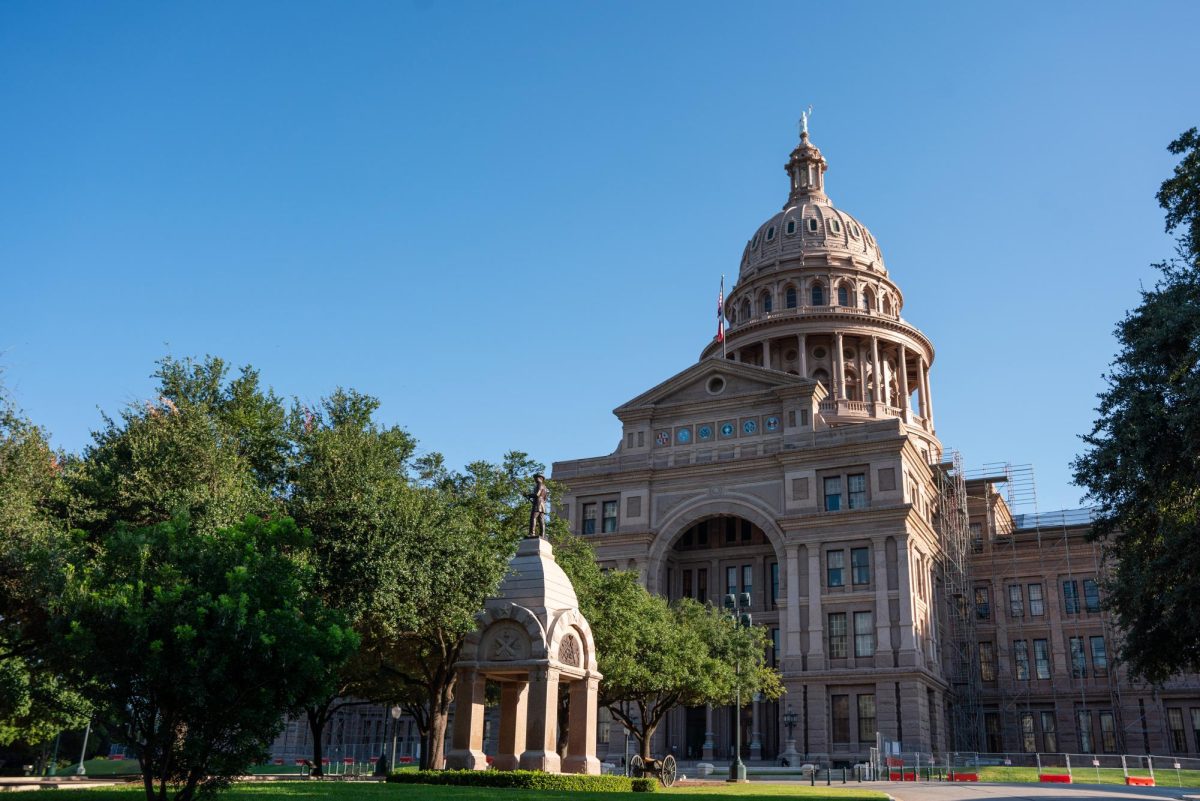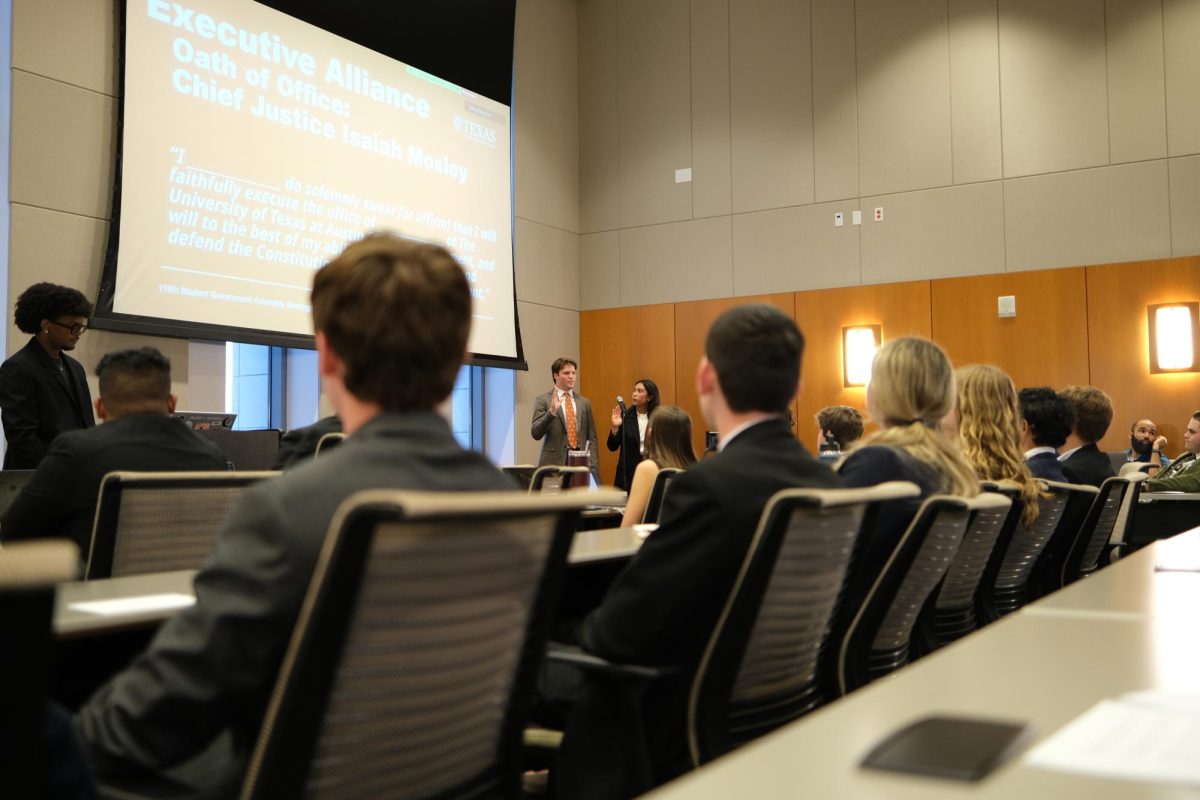UT President Gregory Fenves declined to establish legal entity over Longhorn Emergency Medical Services this past weekend.
Longhorn EMS is a student-run organization with 70 certified emergency medical technicians. The team has developed an estimated response time of two-and-a-half minutes, less than a third of Austin-Travis County EMS’ nine minutes. As a result of the organization’s push to become part of 911 emergency services on campus, the University has refused to take on its legal liability and insurance funding.
“UT is a fairly inaccessible campus,” Sussman said. “The point of EMS is to deliver prompt medical care to citizens in need. The time to cut our response time is now. No one deserves to die as a result of inaction.”
Longhorn EMS is currently an agency of Student Government. SG officials have met with Longhorn EMS multiple times to help the organization appoint a board of directors, raise funds and potentially attain 501(c)(3) status, so they could become legal first responders on campus, said Micky Wolf, SG vice president. Should Longhorn EMS acheive 501(c)(3) status, they would no longer be eligible to be an agency of SG and would become a separate registered student organization.
University spokesman J.B. Bird said while it is admirable that Longhorn EMS wants to serve the community, there are certain issues that the University faces. In addition to funding and liability, Bird said the biggest concern is the safety of students.
“There is no question that the organization could be of help,” Bird said. “(But) we want students to be students first. Working in EMS can put you in harm’s way for sure. We are worried about asking students to take professional duties that could put them in dangerous situations.“
Sussman said Longhorn EMS once received support from Student Government, the Dean of Students and UT Police Department officers. The organization has secured $8,000 worth of equipment through personal and other donations.
“Right now we need a legal entity and a budget for insurance from the University,” Sussman said. “Without them, that sets our progress back by at least two years, even assuming that another agency such as Travis County EMS will take us.”
In the case of an on-campus emergency, UTPD officers can only provide basic CPR and first-aid until Travis County EMS arrives. Longhorn EMS can deliver more advanced procedures, such as oxygen CPR and airway suction, Sussman said.
“Our goal is not to replace any part of the current system,” Sussman said. “Our goal is to add another layer and supplement the response of the Travis County EMS. We would be dispatched alongside UTPD in a group page that has no added delay.”
Despite the fact that Longhorn EMS’ online petition has already acquired more than 500 student votes, Bird said the University will not reconsider its decision to turn down the organization.
Business sophomore Kasey Zhang, a direct witness of the on-campus stabbing that resulted in the death of freshman Harrison Brown last spring, said she feels there should be as many on-campus safety measures as possible.
“I saw a hurt student bleeding, and there was nothing I could do but wait,” Zhang said. “I think it would be nice if we could have shorter emergency response time.”
Correction: An earlier version of this article said SG “severed ties” with Longhorn EMS and told them to become an independent organization after the University declined to take legal entity over Longhorn EMS. SG administration has in fact met with Longhorn EMS multiple times in the last few months. The purpose of these meetings was to help Longhorn EMS appoint a board of directors, raise funds and attain 501(c)(3) status, so the organization could become legal first responders on campus. Should Longhorn EMS achieve this status, they would become a registered student organization and would no longer be eligible to be an agency of SG. The Texan regrets this error.


















